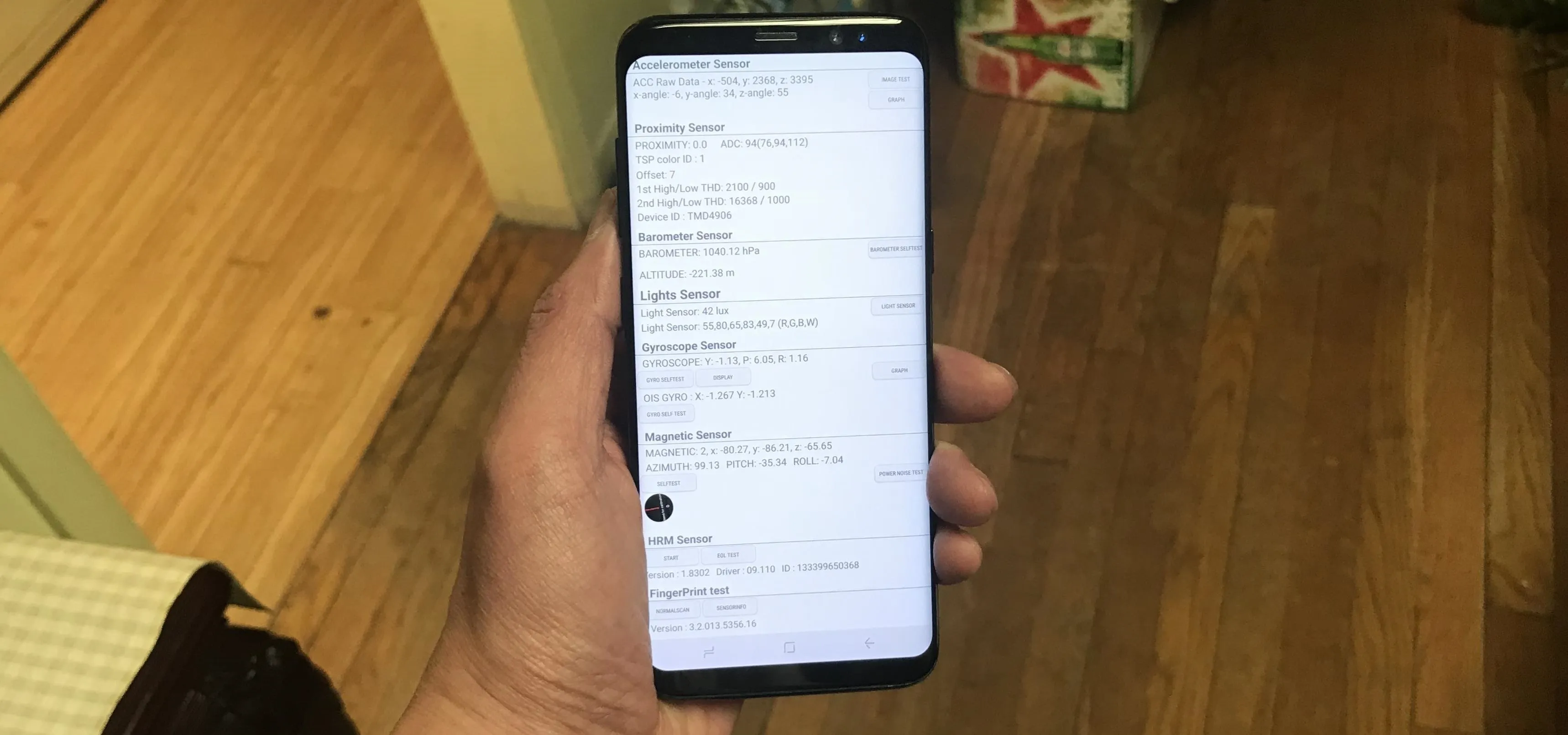My standard text greeting to friends is something along the lines of "Wazzup biznitch?"—but apparently the auto-correct function on my Samsung Galaxy S3 has a problem with that. Time after time I have to retype it or just add all my made-up words to the word list—and I use a lot of made-up words, because that's what bosses do.

But texting isn't the only way I communicate. I also use email, chat, and social media on a daily basis—and I don't always use my phone. So, wouldn't it be awesome if my GS3 could learn all the words I use through these other methods of communication as well?
Well, that's exactly what User Dictionary Plus (Free) does. Android developer Paolino Alessandro decided that there were just too many steps in the process of correcting a word your phone wrongly assumes is incorrect.
While your GS3 does learn your lingo over time if you constantly update your word list, it only takes into account what you do on the device itself. User Dictionary Plus looks at all of your communications, whether they happened on your phone, laptop, tablet, or any other device to simplify the process.
How It Works
User Dictionary Plus actually analyzes your past updates on Facebook and Twitter, old texts, and even Gmail messages to create a comprehensive list of all your most frequently used words that don't exist in your standard dictionary.
Step 1: Select Your Language
After downloading and installing, you can choose from a bunch of different language packs. Select your language or languages and tap on Import.




Step 2: Choose Your Apps to Import From
From there you will be taken to a list of apps from which you can import data. All of these options are included in the free version except for WhatsApp, and that's okay for me, since I haven't jumped on the WhatsApp bandwagon yet.
The free version also caps the amount of words that can be imported from Facebook, Twitter, and Gmail to 100 only. Twitter will grab words from the last 300 tweets, Facebook takes the last 40 from your statuses, and Gmail covers the last 30 emails you created.




If you're a WhatsApp user or want to up the amount of words that can be checked and imported, you'll need to get the premium version (currently $1.29), which checks 3,200 tweets, 1,000 Facebook statuses, and 500 emails.
Step 3: Importing
Importing your content from these sources is a huge time saver and makes creating your own list of custom words as easy as possible.
After selecting your source, User Dictionary Plus will ask if you want to start the import. Tap on Yes to continue. Depending on which source you're importing from, you will need to enter your account information to give the app permission to access your profile.




Now, words not already included in your word lists will be imported and compiled. The app will then give you a list of words that you've used in the past with that particular source so you can choose which ones to add to your dictionary.




From this list you can select the exact words you want to be added by checking the box next to each word. Tap Import and those words will automatically be added to your suggestions list when typing on your S3. Once you're finished, just repeat the process with each source you want to import from.
Backing Up Your Word List
If for some reason you have to wipe your GS3 or even replace it, you can restore your words list from User Dictionary Plus. All you need to do is export your saved lists to your SD card. With your new or wiped device, you can re-download the app and restore from your SD card by selecting Restore from backup under the list of sources. It's as easy as that.
If you decide to give it a try, let us know what you think in the comments section.



Comments
No Comments Exist
Be the first, drop a comment!